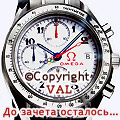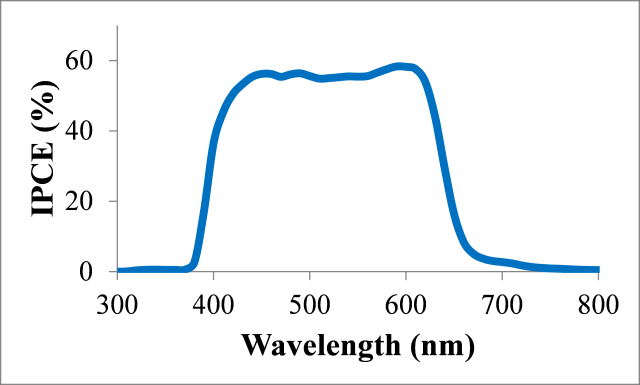 |
 |
 |
 |
 Помощь Помощь
 Поиск Поиск
 Участники Участники
 Календарь Календарь
 Новости Новости
|
 Учебные Материалы Учебные Материалы
 ВАЛтест ВАЛтест
 Фотогалерея Фотогалерея
|
 Правила форума Правила форума
 Виртуальные тренажеры Виртуальные тренажеры
 Мемуары Мемуары
|
| Здравствуйте Гость ( Вход | Регистрация ) | Выслать повторно письмо для активации |
   |
| VAL |
Дата 15.03.2018 12:34
|
||
Offline Мэтр, проФАН любви... proFAN of love      Профиль Группа: Администраторы Сообщений: 38062 Пользователь №: 1 Регистрация: 6.03.2004 |
Квантовая эффективность (Википедия) Источник: https://ru.wikipedia.org/wiki/%D0%9A%D0%B2%...%81%D1%82%D1%8C
-------------------- |
||
| VAL |
Дата 15.03.2018 12:39
|
||||
Offline Мэтр, проФАН любви... proFAN of love      Профиль Группа: Администраторы Сообщений: 38062 Пользователь №: 1 Регистрация: 6.03.2004 |
Incident photon-to-current efficiency (IPCE) Источник: http://plasticphotovoltaics.com/lc/charact...-c/lc-ipce.html
Присоединённое изображение  -------------------- |
||||
1 Пользователей читают эту тему (1 Гостей и 0 Скрытых Пользователей)
0 Пользователей:
 |
   |
Powered by Invision Power Board(U) v1.3 Final © 2003 IPS, Inc.
Установка, модификация и поддержка:
Barsum | 1px Design Group & Xac | OппаRU форум
Установка, модификация и поддержка:
Barsum | 1px Design Group & Xac | OппаRU форум





